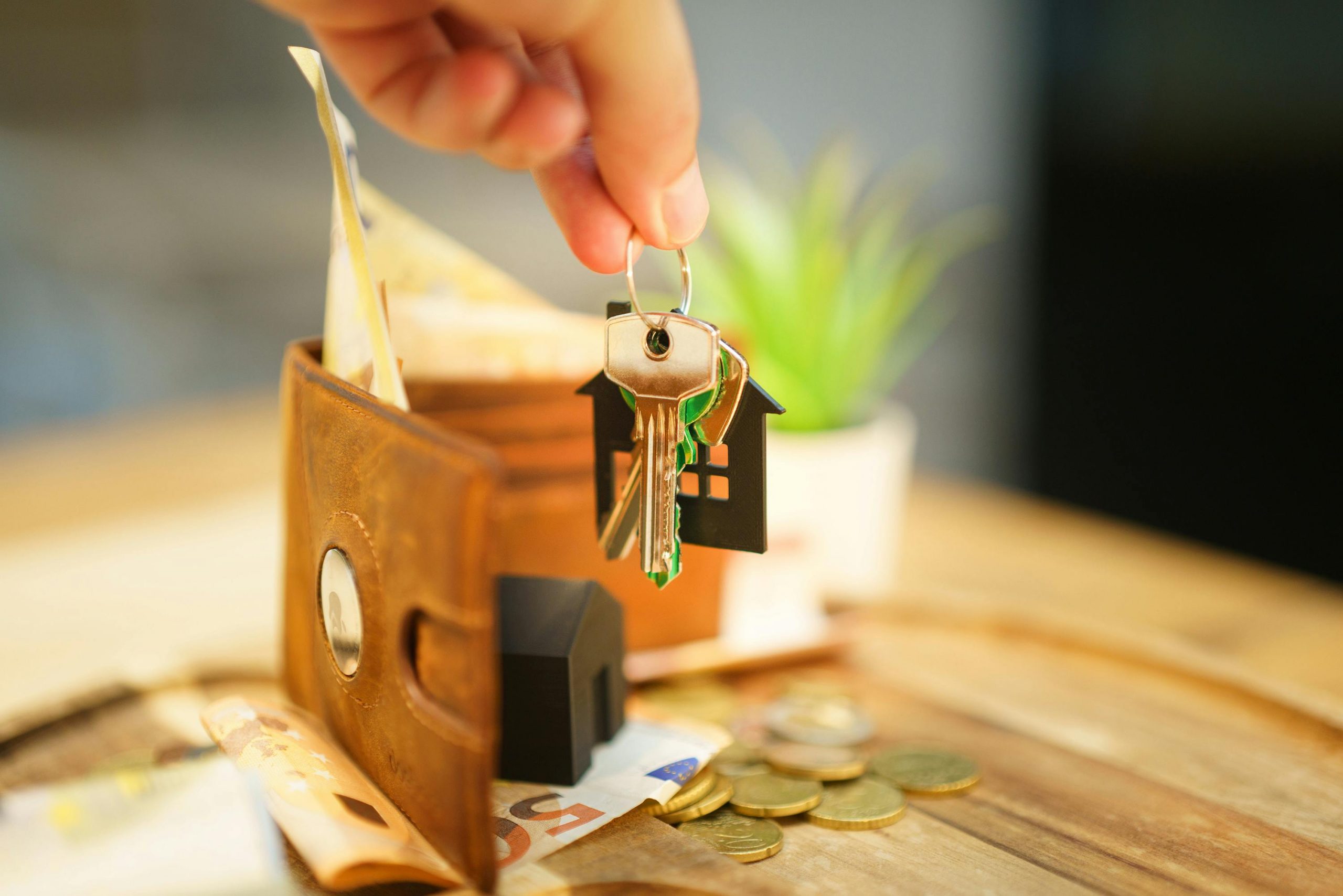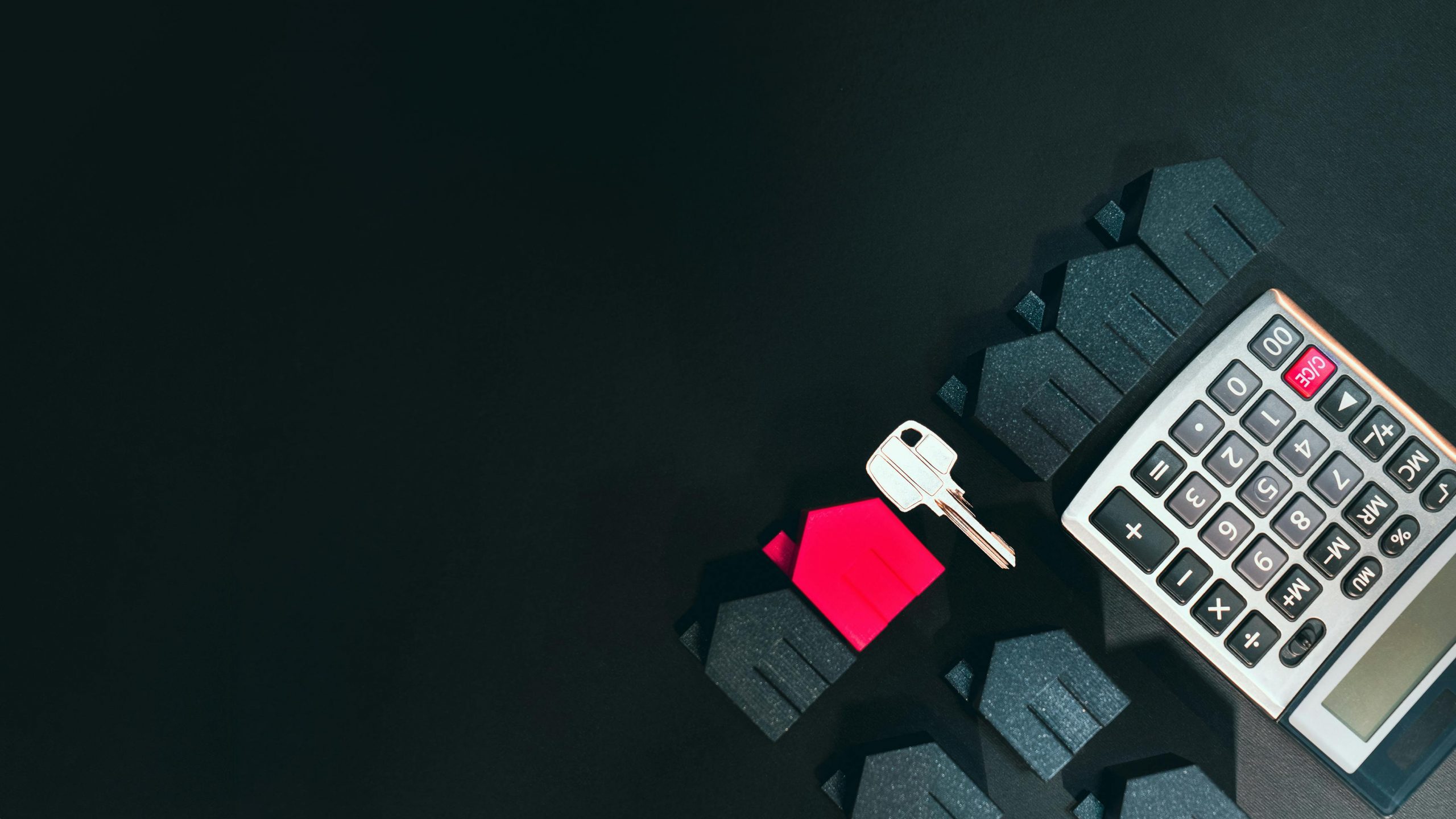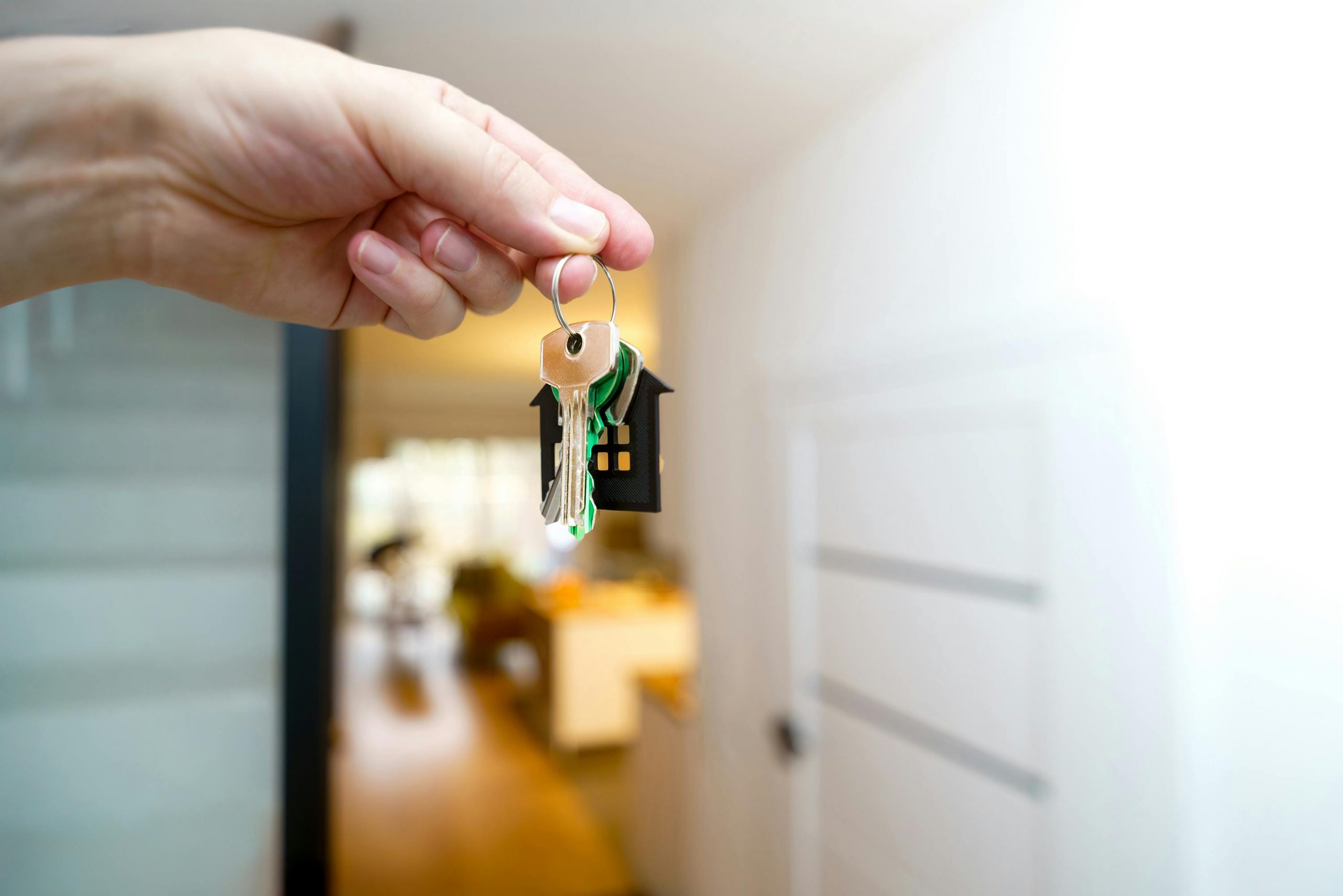
Buying a home is one of the biggest financial steps most people take in their lifetime. If you’re currently saving for a house, you might have asked yourself: should I invest my savings to make it grow faster? On the surface, it sounds like a smart way to reach your goal sooner. But investing while saving for a house isn’t a simple yes or no answer.
In this article, we’ll explore the pros, cons, safe investment options, and practical tips to help you decide whether mixing investing with saving is right for you.
Why Saving for a House Is Different
Saving for a house is not like saving for retirement or a far-off goal. The timeline is usually much shorter—often three to seven years. That shorter window means you have less time to recover from market downturns.
When saving for a down payment, the main goal is security. You want to make sure the money you save will be there when you’re ready to buy. If you take big risks and the market dips at the wrong time, you might end up delaying your home purchase or settling for less than you planned.
Should You Invest While Saving for a House?
The short answer is: maybe, but only if your situation allows for it. Investing can help your savings grow faster, but it’s not a strategy that works for everyone. Whether it’s a good idea depends on two main factors: your buying timeline and your risk tolerance.
Your Buying Timeline
If you’re planning to buy a house within the next one to two years, investing your down payment money in the stock market or other volatile assets is risky. A sudden market downturn could cut your savings right when you need them most. On the other hand, if your timeline is four to seven years, you might have more flexibility. A longer time frame gives investments room to recover from market dips.
Your Risk Tolerance
This is all about how comfortable you are with the idea of your money fluctuating. Some people can handle temporary losses because they know their investments will likely recover. Others lose sleep when their balance drops even slightly. If you’re risk-averse, you’re better off keeping your house fund safe, even if it means slower growth.
In short, the closer you are to buying, the less risk you should take. If you have years to go and can stomach small ups and downs, allocating a portion of your savings to low-risk investments can work to your advantage.
The Pros of Investing While Saving
Investing while saving for a house can offer several benefits when done carefully.
Potential for Higher Returns
Traditional savings accounts have low interest rates, which means your money grows slowly. Investments like bonds, conservative mutual funds, or low-risk ETFs may deliver higher returns, helping you build your down payment faster.
Beating Inflation
Over time, inflation erodes the value of your savings. If your money sits in an account earning less than the inflation rate, you’re actually losing purchasing power. Conservative investments can help your savings outpace inflation, so your down payment keeps its buying power.
Balanced Growth
By splitting your money between safe savings and conservative investments, you can enjoy some growth while keeping the majority of your fund secure. This strategy minimizes risk while still giving you the benefit of market gains.
The Cons of Investing While Saving
While investing has benefits, it’s not without downsides. These are important to keep in mind before you put your house fund at risk.
Market Volatility
The biggest drawback is that investments can lose value suddenly. If your home-buying timeline is short, you may not have time to wait for the market to rebound.
Unpredictable Timing
Even with a longer timeline, market downturns don’t follow your schedule. If the market is down when you’re ready to buy, you might be forced to delay your purchase or settle for a smaller home.
Added Stress
Saving for a house is already stressful. Watching investments rise and fall can add extra worry, especially when your dream home depends on that money.
What Are the Safest Investments When Saving for a House?
If you choose to invest while saving, the trick is to keep it conservative. You’re not trying to hit a home run—you’re trying to grow your money without taking on too much risk. Here are safe options to consider:
High-Yield Savings Accounts (HYSAs)
These accounts offer higher interest than regular savings and carry no risk. They’re perfect for keeping your money liquid and accessible.
Certificates of Deposit (CDs)
CDs lock your money for a set period in exchange for a fixed return. They’re low-risk, but make sure the term matches your timeline so you can access the funds when you need them.
Treasury Bonds
These are backed by the government, making them extremely safe. They offer modest returns but provide peace of mind that your money is secure.
Low-Risk ETFs or Bond Funds
For those with a longer timeline, these investments can offer small but steady growth. They carry more risk than savings accounts but far less than individual stocks.
Investments to Avoid
Stay away from high-risk options such as individual stocks, cryptocurrencies, speculative mutual funds, and alternative assets. These investments can swing wildly in value, and even a small downturn can put your home-buying plans on hold.
How Much Should You Invest vs. Save?
You don’t have to choose between investing and saving—you can combine both strategies. The key is in how you split your money.
A common approach is to keep 80–90% of your house fund in safe, liquid accounts where the value won’t drop. The remaining 10–20% can be invested in conservative options, but only if your home purchase is at least four to five years away. This mix lets most of your savings stay safe while a smaller portion works harder to grow.
Questions to Ask Yourself Before Investing
Before you decide to invest while saving for a house, take time to think through these questions:
- How soon do I want to buy? If it’s within a few years, investing may not be worth the risk.
- Am I comfortable with the possibility of losing some money? Even conservative investments can go down temporarily.
- Could a loss force me to delay buying a home? If the answer is yes, stick with safer savings options.
- Do I have other emergency funds set aside? Your house fund shouldn’t double as your emergency savings—keep them separate for peace of mind.
The answers will help you decide whether to keep it simple with savings or cautiously add investing into your plan.
Tips to Boost Your House Savings Without Risk
You don’t have to rely on risky investments to build your down payment faster. There are several low-risk strategies that can significantly accelerate your savings progress if you’re consistent and intentional.
Automate your savings with recurring transfers
Set up an automatic transfer from your checking account to your house savings account each payday. This “pay yourself first” method ensures you’re consistently saving without having to think about it. Even small, regular amounts add up over time.
Cut back on nonessential spending and redirect those funds
Review your monthly expenses and identify areas where you can scale back—like dining out, subscriptions you rarely use, or impulse purchases. Channel that extra cash directly into your savings account. You’ll be surprised at how quickly small sacrifices can grow your fund.
Use bonuses, tax refunds, and side income to give your savings a boost
Windfalls, no matter how small, can make a big difference. Instead of spending them, deposit them directly into your house fund. Treating these extra earnings as untouchable savings can fast-track your progress.
Compare banks to find the best interest rates
Not all savings accounts are created equal. High-yield savings accounts and online banks often offer significantly higher rates than traditional banks. Moving your money to an account with better returns can grow your fund faster without taking on additional risk.
Consider a side hustle or freelance work to increase your savings rate
Taking on part-time gigs, freelancing, or monetizing a hobby can provide an extra income stream dedicated solely to your house fund. Even a few hundred dollars a month can make a noticeable impact over time.
Negotiate bills or refinance high-interest debts to free up more cash
Lowering your monthly expenses gives you more room to save. Call your service providers to negotiate better rates, switch to cheaper plans, or refinance high-interest loans to reduce your payments. The money you free up can go straight into your savings.
These strategies are low-risk but highly effective. By combining several of them, you can accelerate your savings timeline without exposing your hard-earned cash to market fluctuations.
How Economic Conditions Affect Your Decision
Economic factors like interest rates, inflation, and overall market performance can influence whether you should stick to savings or incorporate investing.
When interest rates on savings accounts are high, you can earn a solid return without taking on risk. In this environment, keeping your money in safe accounts may be the smartest move. On the other hand, during periods of low interest rates, conservative investments—such as government bonds or bond ETFs—can offer slightly better returns, making them more appealing.
Inflation is another factor to consider. If inflation is rising quickly, the money in a regular savings account may lose purchasing power over time. In such cases, you may want to explore low-risk investment options to help your savings keep pace.
Always stay aware of what’s happening in the economy, and adjust your strategy if necessary. Your goal is to grow your down payment in a way that balances safety with potential returns, no matter the market conditions.
Final Thoughts: Stay Focused on Your Bigger Goal
Saving for a house is an exciting but challenging journey. Whether you invest while saving depends on how much time you have, how comfortable you are with risk, and how flexible your plans can be. If your goal is close, prioritize safety and keep your money where it won’t lose value. If you have several years and can handle minor ups and downs, conservative investments might give you a helpful boost.
At the end of the day, your house fund is too important to gamble with. Protect what you’ve saved, grow it carefully where possible, and stay focused on the ultimate goal: stepping into your dream home with confidence.



